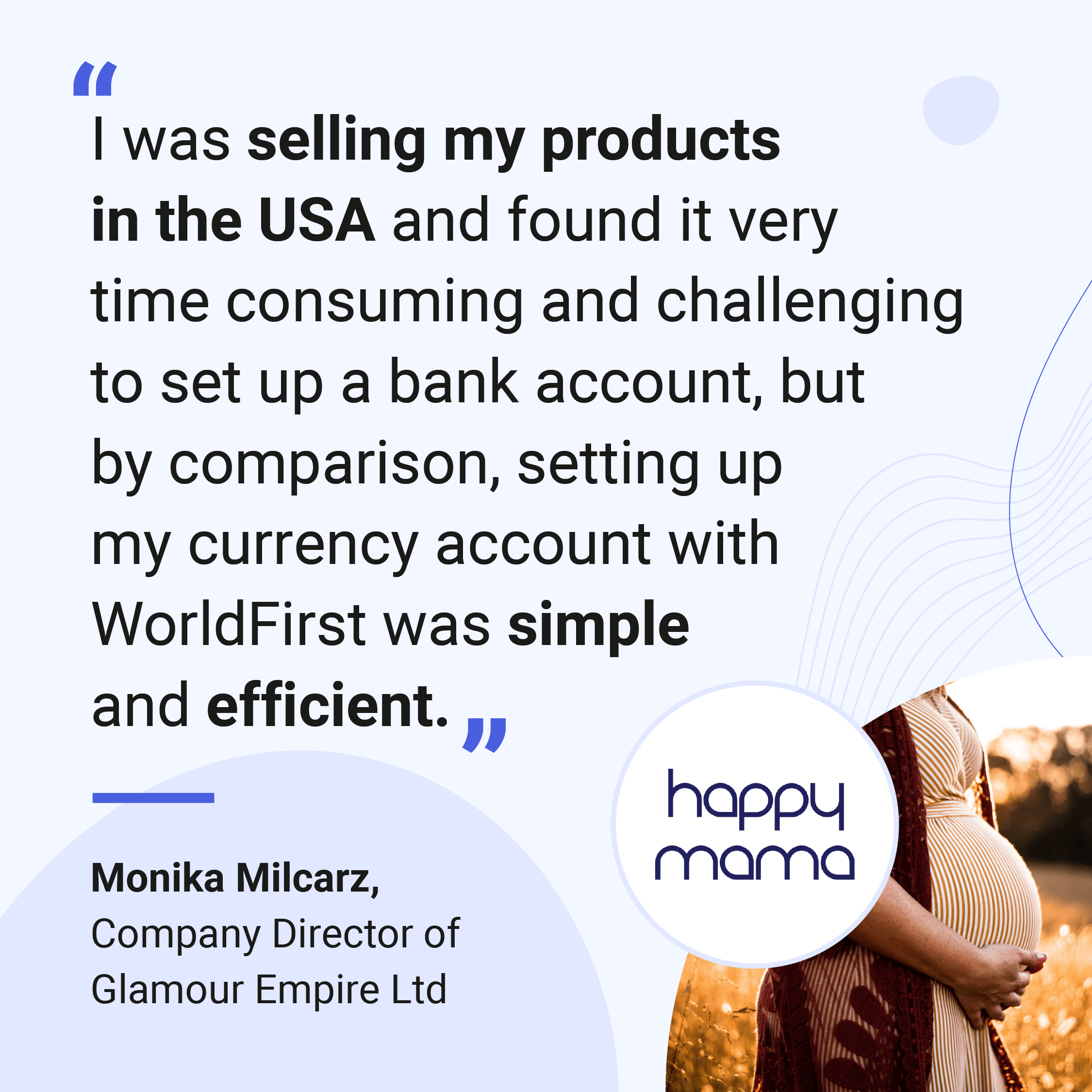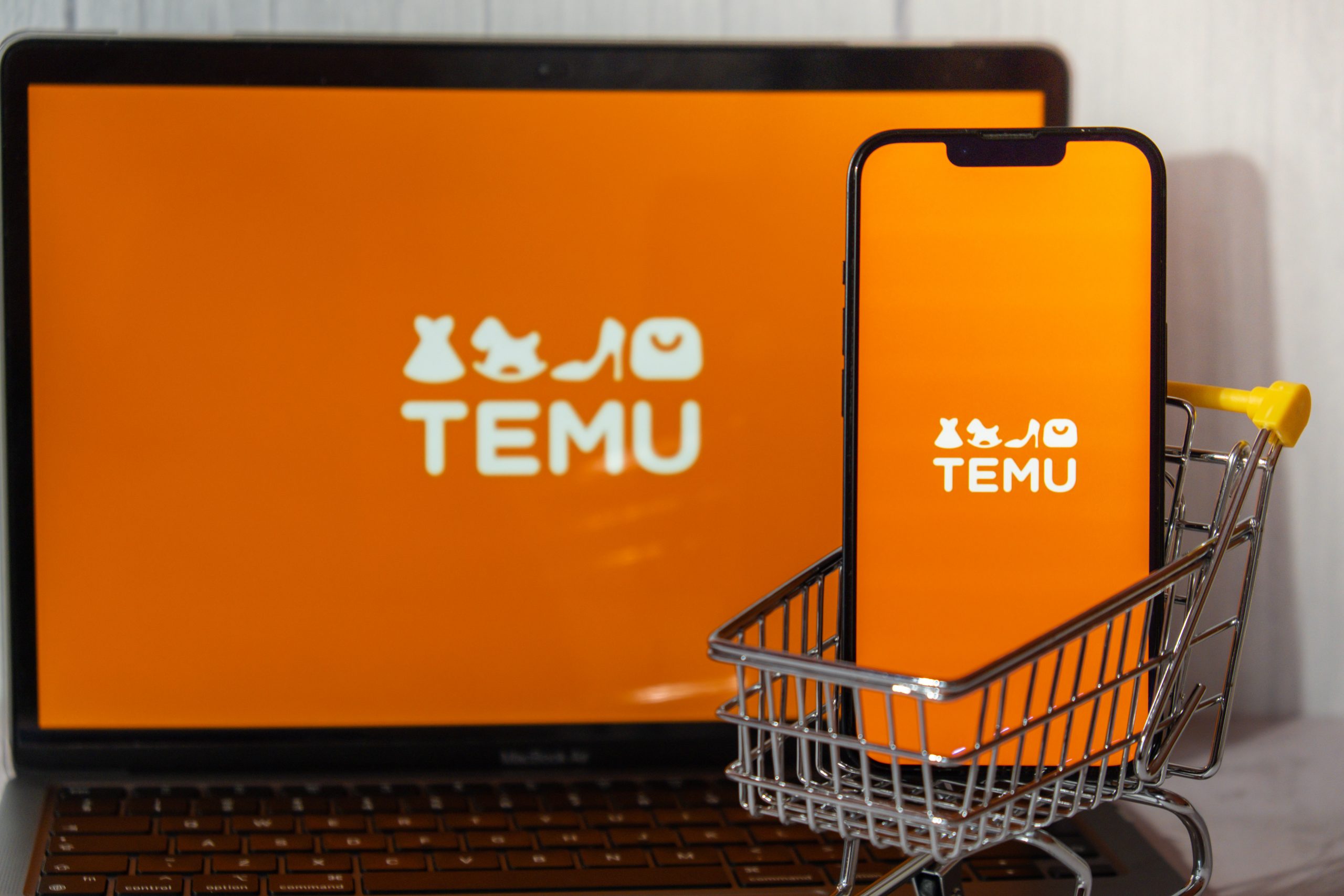
There’s something of a cultural rite of passage for businesses who survive past their first year. The latest data from the ONS shows that around 10% of businesses fail after year one. Even more worryingly, the figure rises to a considerable 15-20% in years two and three, as initially viable businesses run out of capital reserves and revenue streams dry up.
If you've started an online business, spotting the keys to growing after year one is vital if you’re to escape this cycle and create lasting success for years to come. Read on to find out eight ways to grow a small business in domestic and international markets.
- Continuing your current strategy
- Improve your marketing
- Developing your existing products
- Diversifying your core range
- Taking advantage of trends
- Taking advantage of seasonal opportunities
- Licensing your products or business
- Redoing it all in a new market
The eight keys to growing a small business:
Continue your current strategy
After a full year of trading, you’ve probably cultivated a record of successes and missteps, allowing you to adjust and optimise your business plan.
Using your sales data, you should be able to identify which products have sold the best and what you’ve done to drive traffic to your website. Therefore, finding what’s most reliable and lucrative for your business should be relatively straightforward.
Unfortunately, working with your existing experience assumes that you had a good year in the first place. If you’ve had a disappointing first year of trading, it may be harder to discern which areas of your initial strategy are worth developing further.
Similarly, just because you’ve had a decent first year, you can’t guarantee repetition alone will ensure you have another. Customer retention is fiendishly difficult to do well in, and strategies vary hugely across industries.
Keep an eye on your KPIs (key performance indicators) to understand when your success begins to wane and adjust your strategy accordingly.
Improve your marketing
Refining your marketing strategy can also be an effective way to grow your small business. You can generate more revenue by making your advertising more targeted and effective at demonstrating your business’s value.
Improving your business’s SEO (search engine optimisation), utilising social media and content marketing more effectively or rebranding your business can all help reinvigorate your brand, building sustainable brand awareness and interest into your second and third year.
Improving your marketing remains a strong choice for any business, but is especially crucial for younger companies, so keep your communications in mind at all times.
Developing your existing product(s)
At the heart of your e-commerce business lies your product. Your product has a lasting impact on your customer experience well after the point of purchase. It’s important to develop and continually improve your existing product line — namely by making your product(s) cheaper, better, faster or stronger.
The key to developing a good product is a mixture of market research and customer feedback. If each is done correctly, the former should indicate what the current market is missing and where it’s heading, while the latter demonstrates what does or doesn’t work about the current service you provide. From here, you can direct changes to your product(s) that address these areas to service the market better and deliver enduring value to customers.
Diversifying your range
Can you develop your hero product or catalogue into a wider range? If you’re confident you’re already well-positioned to meet your customers’ needs, you could instead investigate expanding your brand into entire product categories.
Growth from diversifying works on two fronts: existing customers recognise your brand in the new products they find, while new customers find an established and reputable brand available to them. Diversification also has the potential to spread your business risk. By expanding revenue sources across multiple channels, you shore up your business against unexpected economic shocks or supply chain issues.
However, diversification can increase your workload, as redeveloping and refining products can make it challenging to run your business as usual. It might be better to diversify your range over a longer period of time so your final launch isn’t poorly designed or manufactured.
Open a World Account for free
- Open up to 10 local currency accounts, with local sort codes, account numbers and IBANs
- Collect secure payments from 100+ marketplaces, overseas buyers and payment processing gateways
- Pay suppliers, partners and staff in 40 currencies without hidden fees
- Pay and get paid easily with local bank details on your invoices
- Lock in conversion rates to manage your currency risk
Taking advantage of trends
While sectors like fashion or toy retail may be more prominent examples, even slower-moving sectors like homeware have trends for e-commerce businesses to take advantage of.
Trends offer small businesses a clear way of capitalising on rising demand as long as entrepreneurs can understand how they emerge and develop. At a minimum, an understanding of upcoming trends is crucial for your business to have products ready to sell in time. However, being ‘in time’ for trends pays further dividends. Trends help position your brand as in tune with customers and can bring repeat business on this basis.
If you’re considering introducing a range of hot ticket items to make some quick money and grow your business, try to target a specific cohort of customers you understand best.
Misinterpreting customer trend demand can have significant financial consequences that can be tough to recover from. Don’t tie too much working capital in stock that relies on market trends. Start small and feature items as limited editions for stronger mark-ups with minimal risk.
Taking advantage of seasonal opportunities
Seasonal sale opportunities offer small businesses a safer route of entry than trend spotting alone. Seasonal sales periods are cyclical and the demand for goods fits predictable commercial behaviours. For example, Halloween and Valentine’s Day goods don’t share much overlap.
Principally, these cultural rules help you better understand what will be in demand across each seasonal period. However, you’ll have a more defined sales window to operate within as customers rarely buy seasonal goods after the fact. For more inspiration, read our guide to six off-season business ideas.
Licensing your products or business
After 12 months, you’ve proven that you’ve got a viable business model. Instead of growing your business further all on your own, you could franchise your business or license your products to other entrepreneurs. Franchising works by allowing other entrepreneurs access to your business model: you receive an annual fee and they sell your products in a separate region, so neither of your cash flows are affected.
Some well-known examples of businesses that follow the franchise model include McDonald’s and Subway. However, licensing of individual product lines is common in other sectors, including technology companies, where R&D costs are high, and product development gains are marginal. For example, Qualcomm licenses processor chips for a wide range of brands, including Samsung and Microsoft.
Unfortunately, licensing products or business models leaves you enjoying a smaller piece of the pie than you would otherwise.
Redoing it all again in a new market
Consider international expansion if you’d like to ensure you see every penny from your innovation and expertise. Much like the effort you’ve spent setting up your business in your current domestic market, growing your business in years two and three involves doing the same but in a new country.
It can make considerable long-term business sense, too. Over the next two decades, as much as 90% of the economic growth is forecasted to take place in emerging markets outside the EU. If you’d like to find out more, we break down the growth opportunities awaiting your business abroad in a separate article.

You might also like
Insights from WorldFirst cover the latest FX news, top accounting tips, strategies to mitigate risk and key industry trends. Choose a category below to find out more.
Businesses like yours trust WorldFirst
- Almost 1,000,000 businesses have sent $150B around the world with WorldFirst and its partner brands since 2004
- Your money is safeguarded with leading financial institutions

What our customers say about our services





